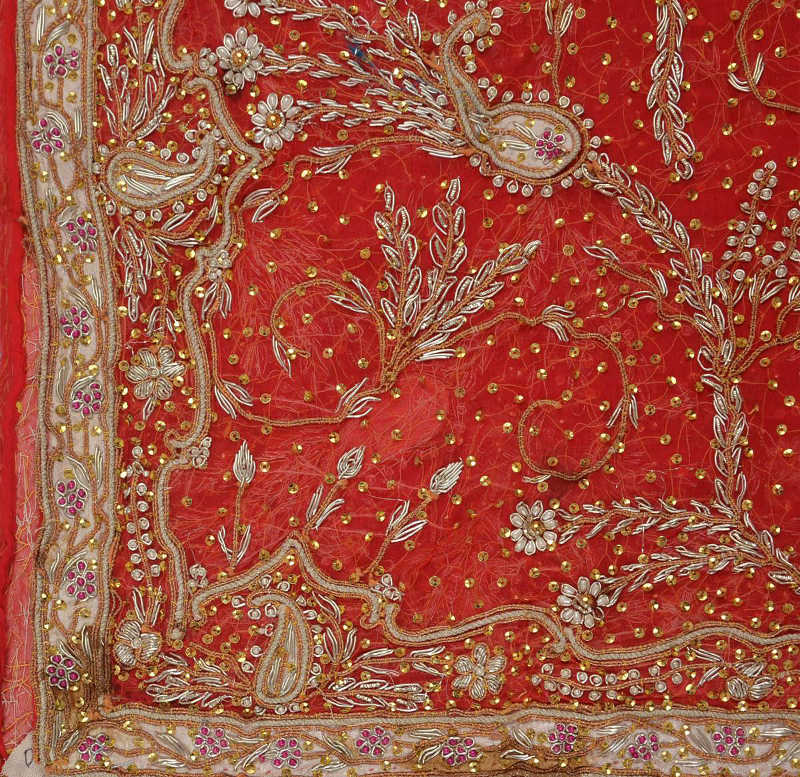===
0958,
14
===

=== |
 |
ruḳh : 'Face, countenance; cheek; face, aspect; point, side quarter, direction'. (Platts p.589)
ṣūrat : 'Form, fashion, figure, shape, semblance, guise; appearance, aspect; face, countenance'. (Platts p.747)
FWP:
SETS == KYA
MOTIFS == PICTURE
NAMES
TERMSNote for grammar fans: This is another verse with a kyā that is colloquially omitted but nevertheless absolutely required. For if we read the first line as it officially appears on the page, it becomes the (confusing) opposite of what's semantically necessary: it becomes 'we didn't say that her delineation is not easy'. So really one moral seems to be that in principle any flat statement can, if the poet so frames it, be construed in context not as a statement at all, but only as a question with the kyā colloquially omitted.